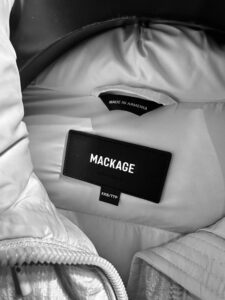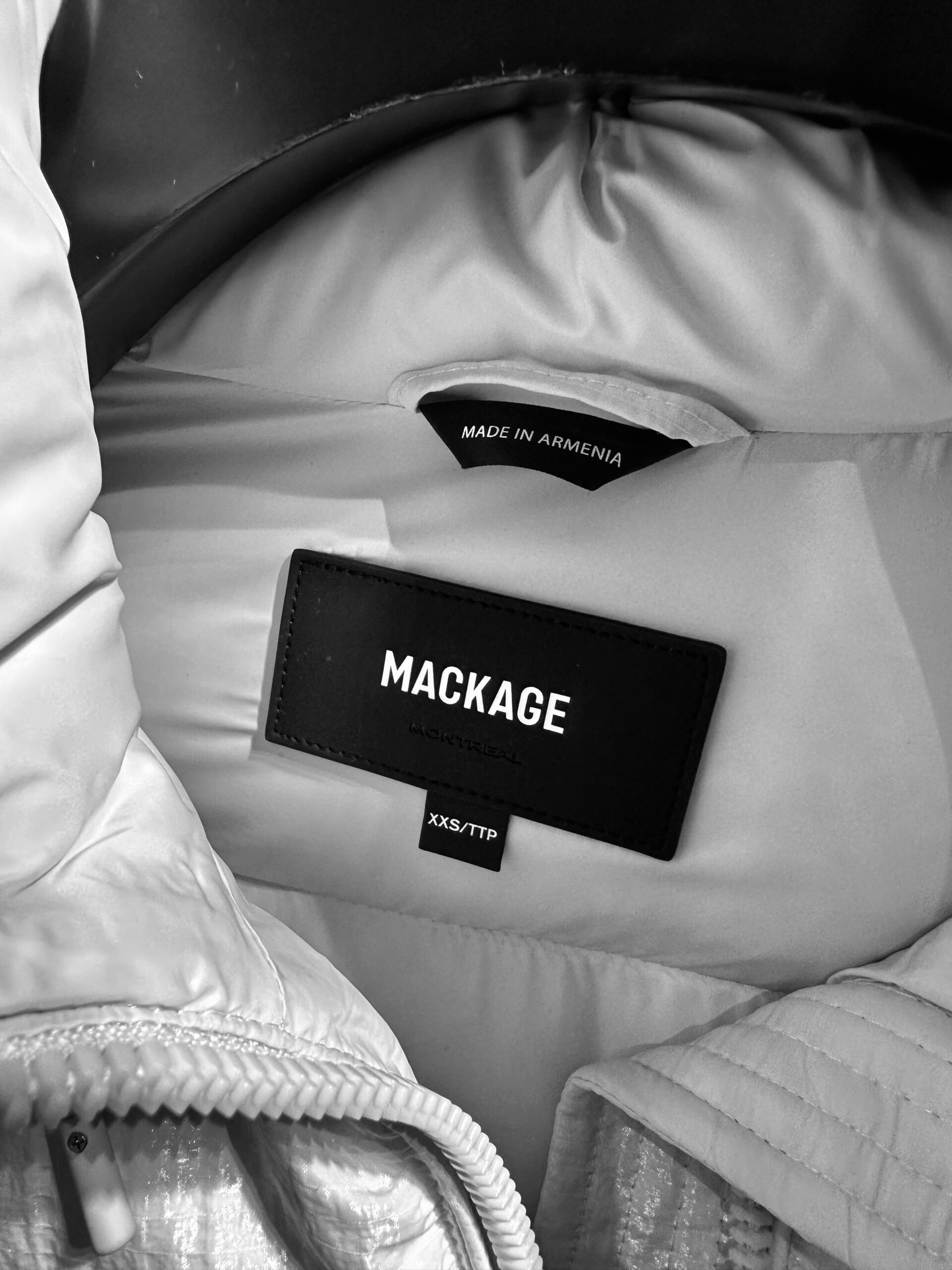
It was a Thursday night in Manhattan, and a group of young Armenians squeezed into the basement bar of Ferns in the East Village to fundraise for Artsakh refugees. The group was young, vibrant — and there to party. Those who grew up going to the same Armenian schools in the Tri-state area were reuniting, whereas other attendees were there to meet more Armenians in the city. After all, unlike the broad community in Glendale, Los Angeles, where many Armenians fled in the 1960s, the Armenian community in New York City is hard to come by.
The Armenian humanitarian crisis in Artsakh is often lost in news cycles dominated by Ukraine and Gaza. The historically ethnic Armenian Republic of Artsakh, also referred to as Nagorno-Karabakh, has been a disputed region between Armenia and Azerbaijan for decades. The region was under a ceasefire brokered by Russia until 2020, when the conflict escalated into a war. The UN issued a press briefing on October 2nd, reporting that a sudden Azerbaijani offensive this past September forced over 100,000 ethnic-Armenians to flee Artsakh. The autonomous enclave ceased to exist on January 1, 2024, integrating into Azerbaijan. Artsakh had been under a blockade since December 12, 2022. Azerbaijan’s forces blocked the Lachin Corridor, which is a humanitarian route providing Artsakhs with food and resources.
The Armenian Relief Society’s new Tsiran Manhattan Chapter hosted the fundraiser for the Armenian refugees at Ferns. Lara Bogossian, who manages the chapter, emphasized the importance of the new American Relief Society chapter in Manhattan.
“While the Armenians in the Tri-state area are quite far apart — they are not as clustered as it is in Glendale — there is this aggressive ardent need to be proactive,” Bogossian said. “The diaspora is really what is keeping Armenia, the country, afloat. It is because of our efforts, quite frankly, our resources.”
Aram Spendjian might be the exact diasporan Bogossian was talking about. Spendjian is the President of Lorens NYC, a manufacturing agency based in New York producing for luxury brands in Armenia. Lorens was born out of a long family history in the textile industry, dating back six generations with origins in what is now known as Istanbul. In 2020, Spendjian and his father were looking to expand their business to focus on manufacturing for more luxury brands.
“We went to Bergdorf Goodman just to see where all these high-end brands are currently manufacturing, and literally the first jacket, [a] Moncler jacket, we picked up, we checked the label, [it] said Made in Armenia. And that’s where Lorens was born,” Spendjian said. “It was like, wait a second, hold on a second. You’re trying to tell me we can combine our experience in garment manufacturing with Armenia now?”
That year, they took a trip to Armenia to build connections with manufacturers. Spendjian recalls the onset of the COVID-19 pandemic a few months after their initial trip to Armenia as a benefit to their business. They were able to slowly build their brand by networking in New York City until the moment was right to resume manufacturing again.
“We had developed enough hype and a buzz around the community, the garment or fashion community, in New York, and when things really lifted, we just attacked. We had everything set in stone. We had a base already set and now we just needed clients,” Spendjian said.
Today, Lorens boasts clients such as Mackage, Prada, Kith, Max Mara, and even Moncler. “Our job and our intent with this is to bring business to Armenia,” Spendjian clarified, “whether it be the smallest factory to the largest, most qualified factory.”
Spendjian was born and raised in Floral Park, Queens. Like most Armenians, it is difficult to recollect exactly how, why, and when Spendjian’s family escaped the Armenian Genocide and ended up in Cairo, Egypt. However, Spendjian recollects stories of his Great Great grandfather’s textile business moving them out of the Ottoman Empire before the genocide. His family immigrated to the United States from Egypt in the late 1960’s.
His Armenian heritage was central to his upbringing. He was only allowed to speak Armenian in the house, and attended Holy Martyrs Armenian Day school up until the third grade. Spendjian recalls feeling ostracized in public school, where he and his brother were the only Armenians. “I remember the first day, third, fourth grade public school. I said my name the way it’s supposed to be pronounced, and I felt like the whole class, just like, turned around. Turned around, like, what the fuck?”
Assimilating into the social politics of middle school and high school can be hard enough without having to conform to a different culture. Spendjian notes that it wasn’t until about five years ago he was able to really understand the depth of his Armenian heritage. “It’s important for us to speak, read and write [Armenian]. Now, I can see why my dad and mom kept pushing us when we were younger,” Spendjian said.
The growth Lorens has achieved over the last three years has been felt beyond Spendjian’s family. Spendjian hopes that the manufacturing Lorens does across thirty factories in Armenia is not only building the country’s fashion industry, but also creating jobs. “By bringing business, by bringing jobs, not only are we helping the economy, but we’re also keeping people in the country providing jobs,” Spendjian said. In 2007, The International Labor Organization cited that 18% of Armenia’s GDP was sent home by diasporan Armenians, totaling more than $1.5 billion in remittances. The World Bank reported that remittance inflows were about 11.2% of Armenia’s GDP in 2019.
In February of 2022, Spendjian was planning to launch his own new brand, GMPR NYC, under Lorens featuring his personal designs. The vision was to manufacture GMPR in Artsakh. Spendjian, explaining the reason for manufacturing GMPR NYC in Artsakh, said, “We can do our own brand because we understand the situation and we are willing to take the risk if shit hits the fan.”
It did. The factory in Artsakh is no longer accessible after this past September, and has been seized by Azerbaijan. Aiming to find a way to help the displaced Armenians leaving Artsakh, the St. Sarkis Armenian Apostolic Church in Queens approached Spendjian with an idea — and it is not your typical clothing drive. St. Sarkis would gather donations, and Lorens would partner with them to manufacture puffer jackets for the refugees. Spendjian agreed, and decided to use the jacket designs from the GMPR NYC brand to manufacture winter coats in Armenian factories for the refugees. Each jacket costs $50 to make.
“We heard from the church that there’s a need, but they didn’t want to do the old way of collecting used garments and then shipping it,” Spendjian explained. “Why do that? Why waste donation money on that when instead you can do something that benefits the factory, the worker, and the Artsakh refugee?”
On November 7th, GMPR NYC and St. Sarkis launched their initiative. As of January 31, they were able to manufacture 600 winter jackets and distribute them to refugees who fled Artsakh without winter clothes. Spendjian sees no reason for the project to end after this initial round of donations. He dares to envision adding a philanthropic aspect to Lorens. “Maybe, we switch it out from GMPR and we do a whole other label for this and just change the whole way in which donations work,” he mused.
The diaspora community in New York City is not geographically concentrated into a little Armenia, and it is hard to find Armenian culture in the city. Standing around with young Armenians at Ferns, people struggled to name a good Armenian restaurant, cafe, or market. However, the community remains strong if you look for it. In the wake of a large territorial loss for Armenia and displacement of over 100,000 Armenians, diasporan Armenians feel it is more important than ever to support Armenia and their heritage.
“The community it’s given me. The comfort. The incessant blanket that’s always around me that I’m never alone. That’s big,” Bogossian said.
Spendjian’s brother has moved out of New York City to live in Glendale, L.A., and continues to work for Lorens. He sees his brother as a key figure in the Armenian community in New York, just as Lorens is becoming a key business in Armenia. Before Spendjian heads to a Mackage store, where one can find a “Made in Armenia” label, Spendjian says, “When you think of a made in Italy label, you automatically go, ‘Oh, this is quality garment, right?’” He continued, “If you have brands like a Kith or a Moncler or Mackage or whatever being made in Armenia, and you continue to see a ‘Made in Armenia’ label, then your mindset of Armenia is, ‘This must be a quality source, this must be a legitimate country.’”








